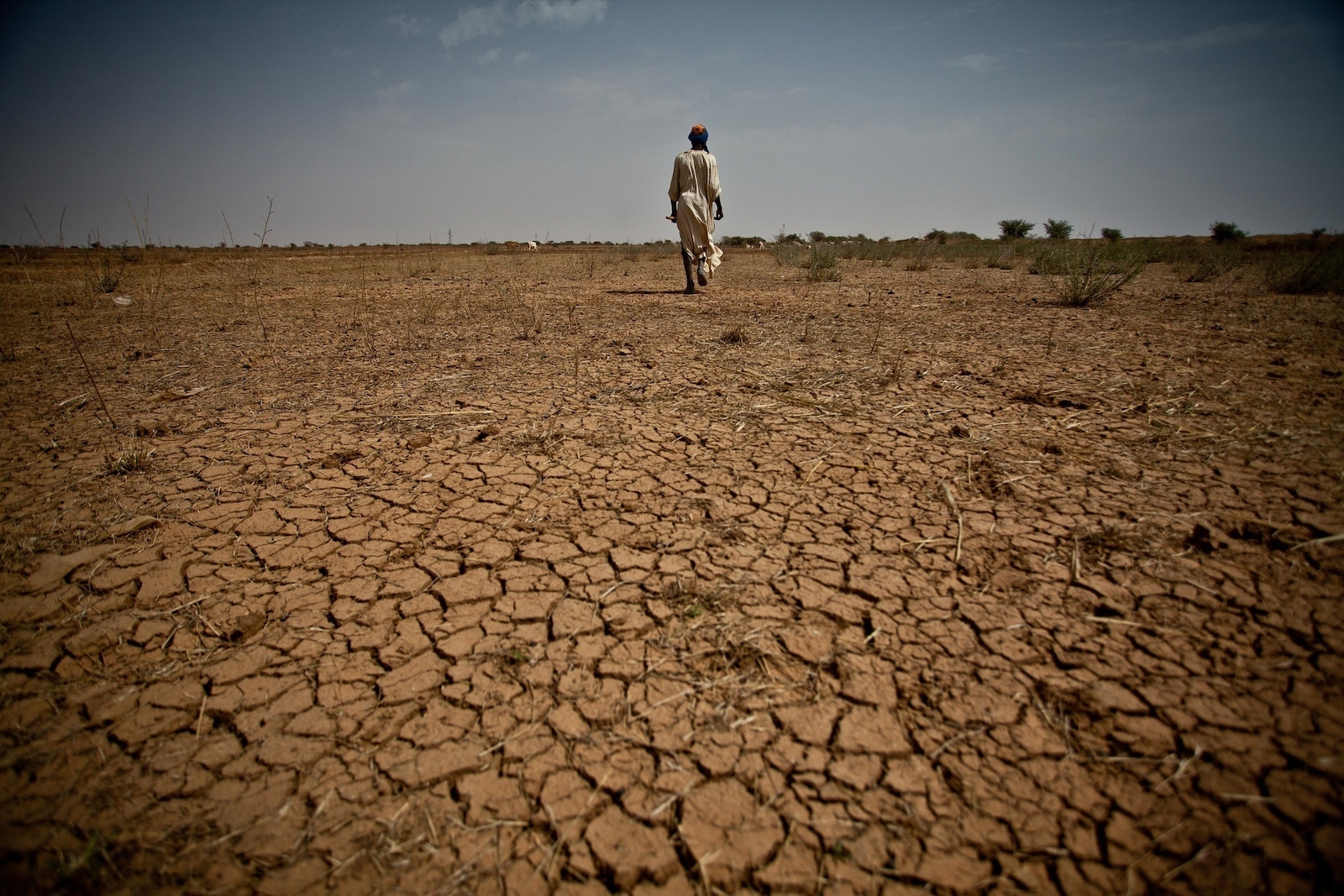
Precision Agriculture: A Revolution to Feed the World?
Some 7.1 million people across six West African Sahel countries are in need of urgent food and livelihood assistance amid poor rainfall, pasture shortages, and devastating livestock losses. The Sahel “lean season,” the period between harvests, typically begins around June – but following sporadic rains last year, this year it started in April. Smallholder farmers are struggling to provide for their families and are increasingly dependent on the market for daily food items, the prices of which have begun to spike.
The ramifications of such food-security crises are enormous. As many as 9 million people in the Sahel region may need emergency food assistance from the World Food Program (WFP) through September this year as farmers hold tight for their next harvest, and already-high malnutrition rates for more than 3 million children are set to worsen in the absence of early action. To hold off disaster, the people of the region are turning to the sale of assets, reduced diets, or migration to cities in search of jobs or food. Some of the more desperate are even turning to terrorist groups offering a monthly stipend or other forms of protection.
However, the Sahel is by no means the only region around the world struggling with food insecurity. In Afghanistan, a shortage of precipitation during the winter months has left the country with severe water scarcity and obliterated winter harvests. USAID’s Famine Early Warning Systems Network warns that the coming wheat harvest will be the lowest since 2011, leaving more than 2 million people starving and in urgent need of humanitarian assistance. The drought has been so severe that farmers have been forced to consume the seeds intended for next year’s harvest – thereby catastrophically exacerbating the conditions the following year.
While it is easy to dismiss these droughts as common occurrences in inherently arid areas, it is clear that these are no longer isolated phenomena limited to certain impoverished regions of the planet. On the contrary; as planetary weather patterns are changing, the global scale of the phenomenon is increasingly becoming obvious as even wealthy countries are affected.
Australia, for example, currently finds itself in the midst of a “horror drought.” At present, 98 percent of the state of New South Wales and almost two-thirds of Queensland are in drought or are drought-affected. Countless farmers have reported being forced to slaughter their livestock as they struggle to survive. In Ireland, the exceptionally hot summer that followed an unusually long winter has destroyed large swaths of farmland, leaving them without sufficient hay and straw to feed livestock. Even the usually water-rich Norway is gripped by the worst drought-induced agricultural crisis in 70 years, which has forced authorities to remove import duties from cattle feed as supplies plummeted to unprecedented lows.
Devastating stories such as these promise to get drastically worse as the effects of climate change are expected to intensify in the coming decades. Rain will occur in more extreme patterns while rapid evaporation is set to dry out areas much faster, according to a recent paper by the Royal Society that analyzed the impact of climate change on food security. The picture appears even grimmer considering environmental changes are reducing the nutritional value of major crops in a phenomenon known as the “junk food effect.” Not only are crops yielding less, but fruits and vegetables are also less nutritious due to diminished mineral, protein, and vitamin content. That mankind will be able to feed a global population of 10 billion by 2050 seems increasingly unlikely – unless means are found to radically improve agricultural methods and adapt them to environmental pressures.
Fortunately, a rethinking is already underway. A number of initiatives and innovations already exist to increase crop yields and ensure the sustainable growth of the global agricultural industry. While traditional farming techniques rely on managing entire fields based on regional conditions and historical data, a new partnership of technology and agriculture has begun to emerge. Precision farming is developing means of combining sensors, GPS mapping tools, data-analytics software, and robots to customize the care brought to plants without necessitating an increase in labor. The result? Improved time management, reduced water, and chemical use, healthier crops, and higher yields.
Given the immense importance of these developments, a diverse range of industrial players and agricultural stakeholders has scrambled to develop solutions and technologies meant to alleviate global food insecurity. Firms like the Climate Corporation, a Monsanto subsidiary, provides farmers with massive quantities of satellite data and artificial intelligence technology. This allows farmers to optimize their soil, identify diseased plants, and carefully manage herbicide use according to a plant’s needs. Syngenta, another agriculture giant, recently held a conference in Brazil where young people exchanged ideas for innovation, drawing on inspiration from everything from analyzing irrigation flows to agro-forestry.
But it is not only industrial titans that are getting involved. Startups and universities around the world have stormed to the frontline of agri-tech as well. South African satellite firm Aerobotics delivers satellite and drone footage to clients from South Africa, Australia, and the UK to help farmers monitor crops and rely on accurate orchard statistics. In the same vein, Britain’s Harper Adams University is capturing this “new revolution in agriculture,” developing agricultural robots and smart technology for the future. Australian group Agriculture Victoria has already helped crack a genetic code to help farmers stay one step ahead of disease threats.
Governments around the world have done their best to help provide aid and compensation to those suffering from this summer’s drought and ensuing crop shortages. A truly long-term view, however, will necessitate that governments craft proactive policies with an eye to regions where traditional farming is becoming increasingly untenable. Precision agriculture may be the way forward, because it allows for optimal resource use in areas plagued by scarcity. Agricultural innovations such as these will feed the future.

